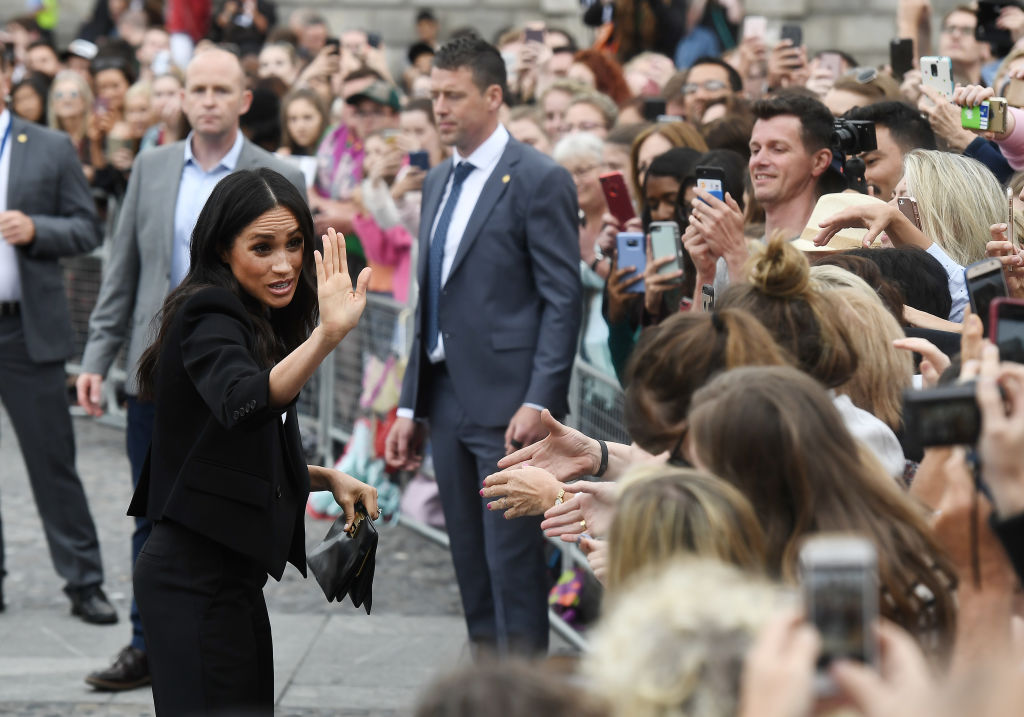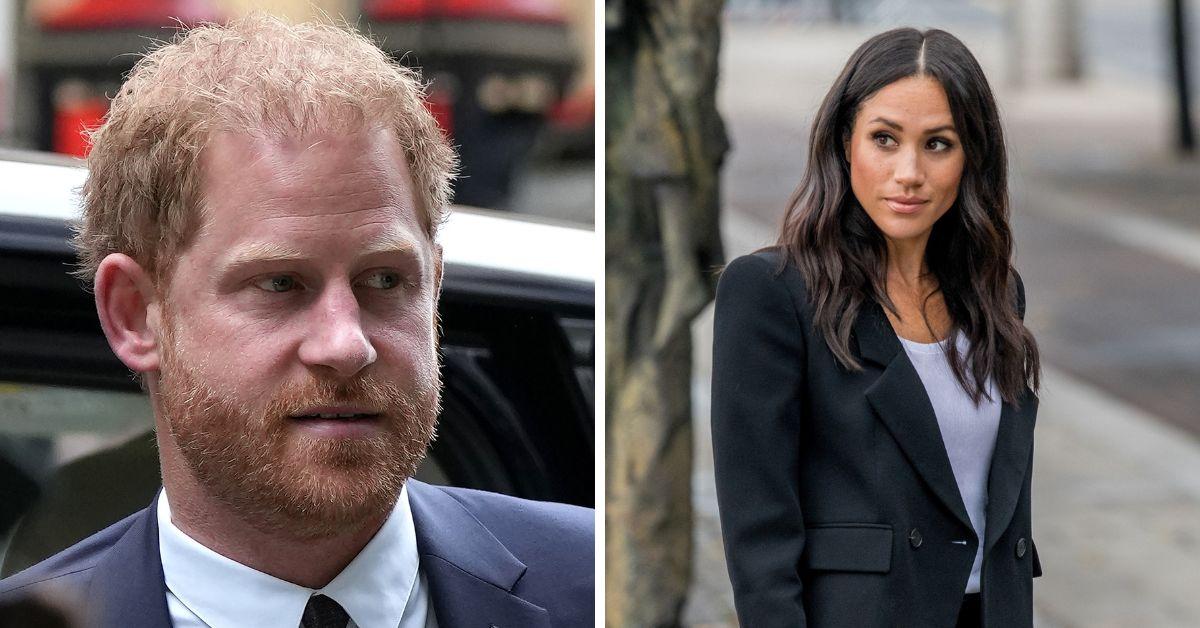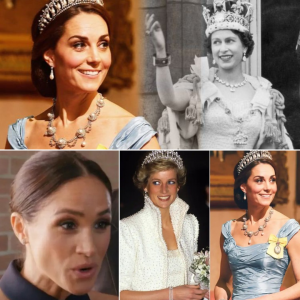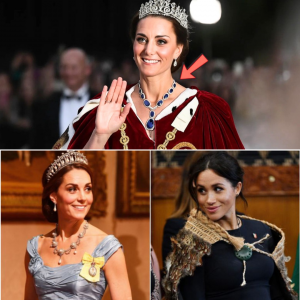
A resurfaced video of Meghan Markle addressing public anger over Prince Harry’s royal departure has gone viral, reigniting debate about the couple’s 2020 exit from royal life and the narratives that followed. The clip, lifted from the couple’s 2022 Netflix docuseries, shows Meghan reflecting on the period when she says she felt “blamed” for Harry’s decision to step back—despite Harry’s repeated insistence that the move was his own choice, considered well before their 2018 wedding.
In the excerpt, Meghan draws a parallel to everyday relationships: when a man falls in love, friends sometimes blame the new partner for the change. “They’re angry with her, because she’s the thing that took him away,” she says, suggesting that this dynamic scaled dramatically inside the royal ecosystem. She adds that people often look for a single person to blame when change feels uncomfortable: “Well, it all changed when you got here. So it’s your fault.”

The episode from which the clip is taken chronicles the Sussexes packing up their lives in the UK and relocating to the United States. Meghan recalls believing the public must have hated her, only to feel—at moments—that many were, in fact, sad to see the couple leave. That duality, she suggests, made the final days “bittersweet.” The renewed circulation of the footage comes amid a steady stream of royal headlines, from speculation about reconciliation to continued scrutiny of the couple’s media presence.
In his memoir and interviews, Harry has framed their exit as a matter of “sanity and physical safety,” citing the relentless tabloid pursuit that echoed what his mother, Princess Diana, endured. Supporters say the clip simply reaffirms what the couple has maintained all along: that the decision was strategic and protective. Critics, meanwhile, argue that revisiting the topic keeps old wounds open and invites fresh controversy.
What makes the video viral now? Timing, context, and the internet’s appetite for rediscovered receipts. The short, sharp sound bites—about anger, blame, and the mechanics of public perception—fit perfectly into social media’s looping discourse. As the royal news cycle continues to churn, this resurfaced moment offers a concise window into the Sussexes’ mindset during one of the most scrutinized transitions in modern royal history—reminding audiences that, behind the headlines, there were people trying to navigate a maelstrom of change, choice, and consequence






